INDIAN RAILWAY PROGRESS AND FUTURE MARCH 2024
With the current government focus on development of infrastructure in India, investment in Infrastructure has increased from 50 Billion US in FY 21 to 134 Billion USD in FY 25. In the context of the Railway Budget, the Gross Budgetary allocation was Rs. 8000 Cr in 2004-05. The government’s focus on railway is very clear, with a thrust on investment in infrastructure, the Union Ministry of Railways has been allocated Rs. 2.52 Lakh Crores for the financial year 2024-25, up by nearly 5% from the previous year’s allocation of Rs. 2.41 Lakh Crores. Over 85% of the CAPEX budget was successfully achieved in 2023-24 by the Railway, proving their commitment to rail development. Railways primary focus is on safety, enhancement of capacity and induction of new modern technology.
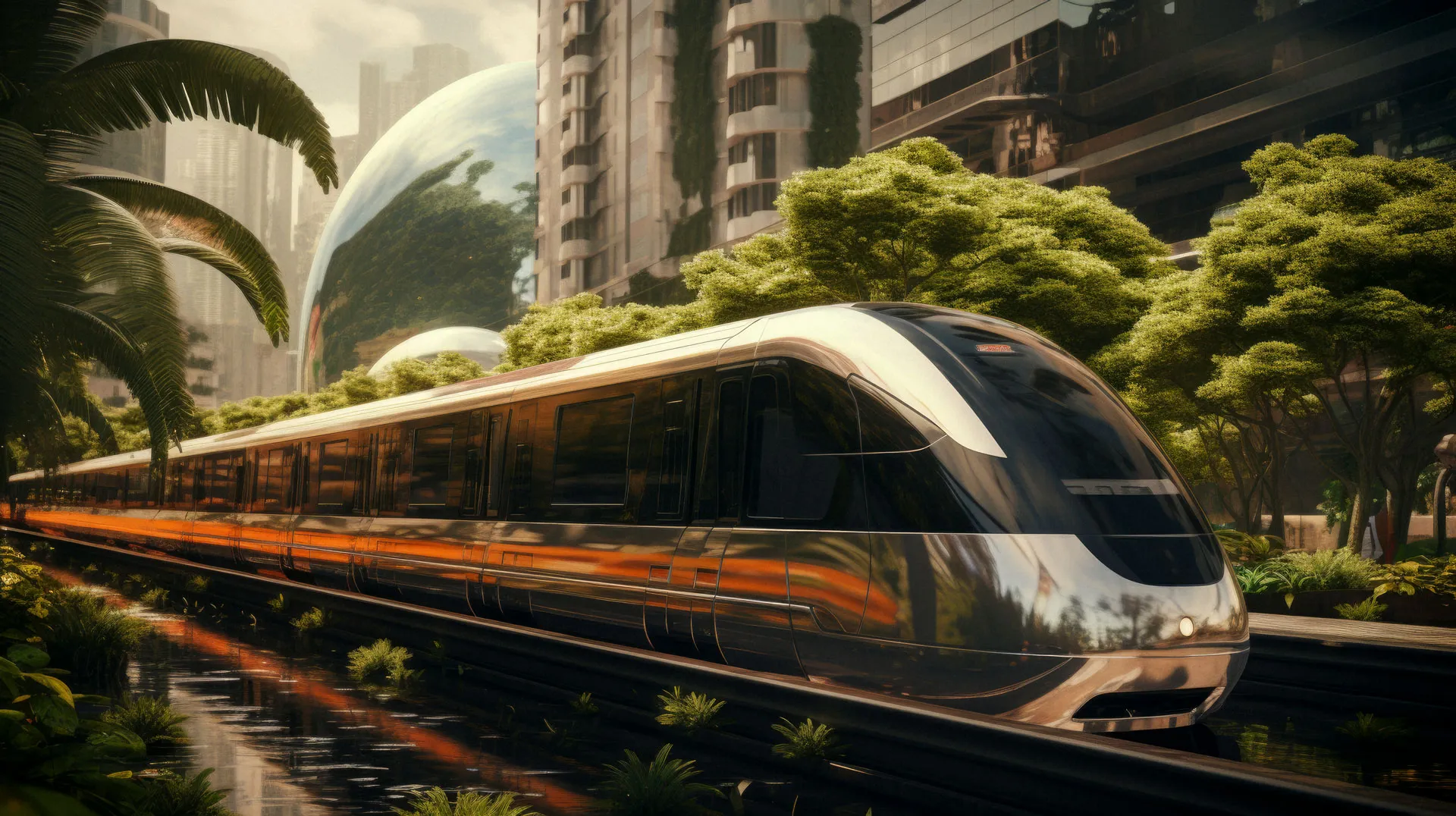
Indian Railways will commence train services on this significant segment, marking a major step forward in enhancing connectivity to the Kashmir Valley. The move was driven by the vision of the Indian Government that significant economic development would occur upon completion of the project. It will also provide a reliable and hassle-free communication. The all-weather, comfortable, convenient and cost-effective mass transportation system would definitely form the catalyst for the overall socio-economic development of the northern most alpine region of the country.
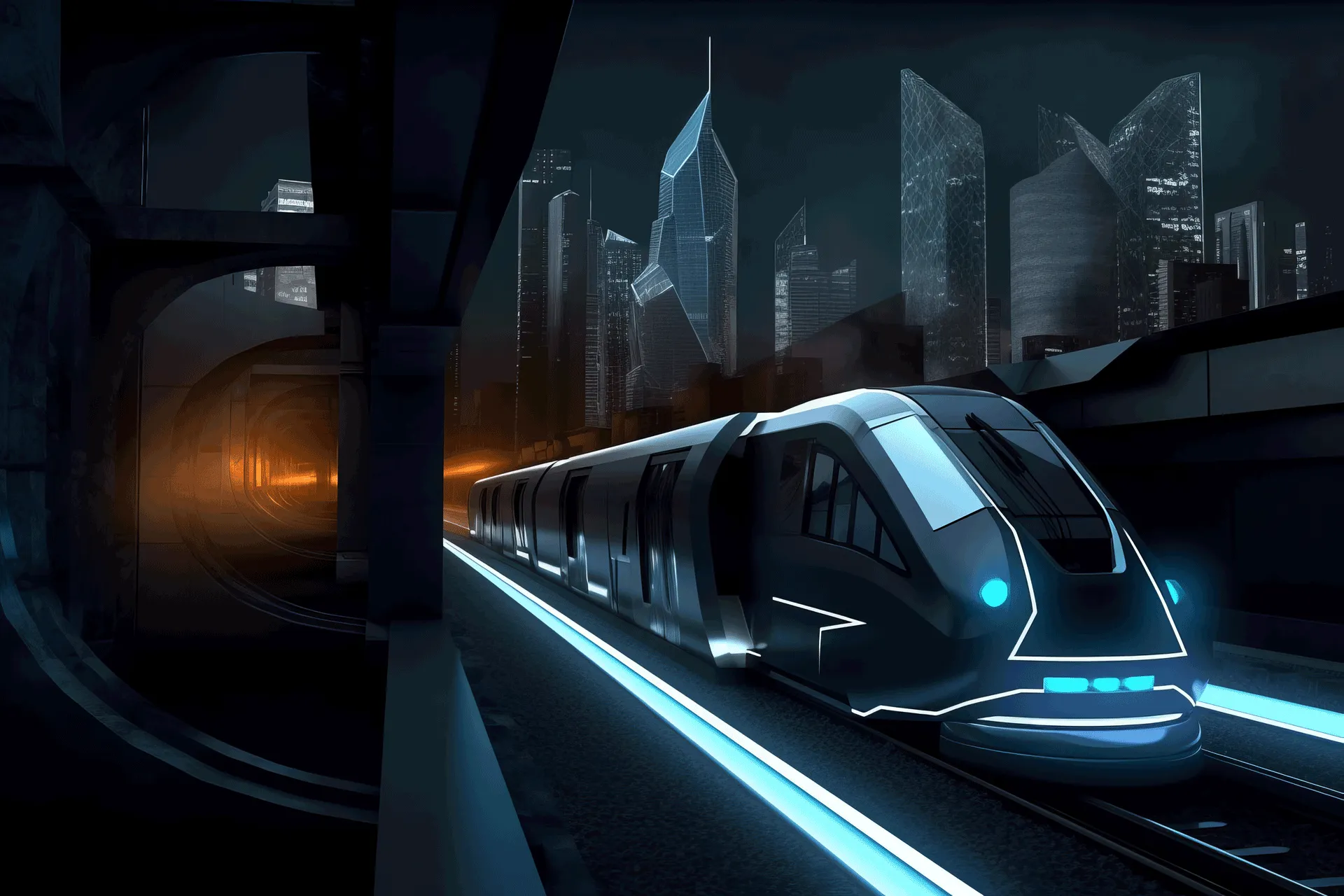
Railway has proposed development of three new corridors under PM Gati Shakti to increase multi modal connectivity by developing Energy Metal Cement Corridor (help reduce pollution on road and reduce cost of logistics), Port Connectivity Corridor and High Traffic Density Corridors (Amrit Chaturbhuj).11 Lakh Crore approximately is the investment planned initially for these three corridors. Entire golden quadrilateral network of Railway will be made 4 lane and 6 lanes, thereby transforming the entire rail network in India. There is a clear focus on increasing the passenger as well as freight capacity.
The Indian railway Network continues its expansion, boasting a total route length of more than 68,000 km and a total track length of more than 132,000 km. In the last 10 years Railway has added 31000 Km of new tracks. In the financial year 2023-24 itself, Railways has added 5200 Km of Tracks to its network, and it has a vision to go on adding 5000 + KM on yearly basis for the next 6-8 years. From adding 4 km per day in 2015, Indian Railway is now adding 15 Km per day. This is like adding the size of a Switzerland Rail network to India on a yearly basis. With this efforts and pace, cumulatively 40000 Km of tracks are expected to be laid in next 6-8 years by Indian Railways, which is equivalent to entire German network. In last 10 years from 2014-2024, 11500 fly overs were constructed for Railway in India.
Until 2014, 21800 Km of rail network was electrified in first 60 years post-independence, whereas in the last 10 years since 2014 Railway has successfully electrified nearly 40000 Km of Rail network, to establish a cost-effective and efficient mode of transportation.
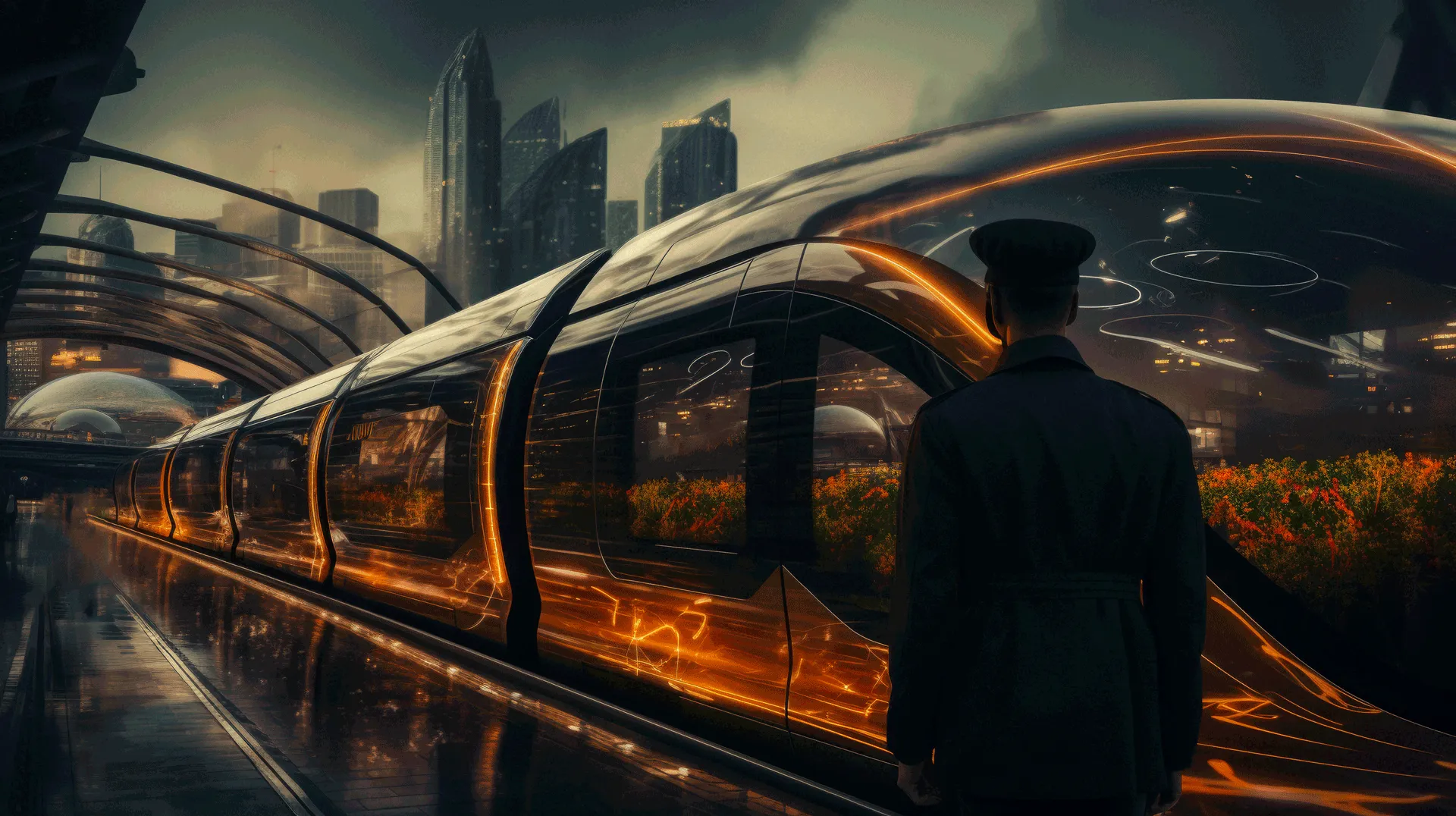
750 Crore people travelled by train every year as per the statistics of 2024 and Railway has targeted to take this figure to 1000 Crore people per year. In FY 21-22 the same was 344 Crore travelers per annum. Already in a short span of 3 years the travelers have more than doubled.
Today Railway carries 1500 Mil Ton of goods per annum and Railway aims to take this to 3000 Mil Ton by 2030. The railway sector lost its market share for freight from 80% initially to 27% in 2023, its lowest, which is now at 28.5% and by 2030 the share of railway in entire transportation is expected to be 35%. Railway is 60% less expensive and 90% less polluting, as mode of transportation. Most developed countries target freight carriage 50% by rail and 50% by road & water combined. India is also aiming for the same vision in the long term to bring down the overall cost of logistics
As per transport economics, for passenger travel, anything below 250 km, road is the best sector, for travel more than 250 km and less than 1000 km, rail is the best sector and above 1000 km of travel air is considered the best. For freight, carriage below 500 km, road is the best mode, 500 km-1000 km rail is the best sector and above 1000 km water is better. Hence there is a huge gap and tremendous scope for development of Rail infrastructure in Indian for the next 15 years.
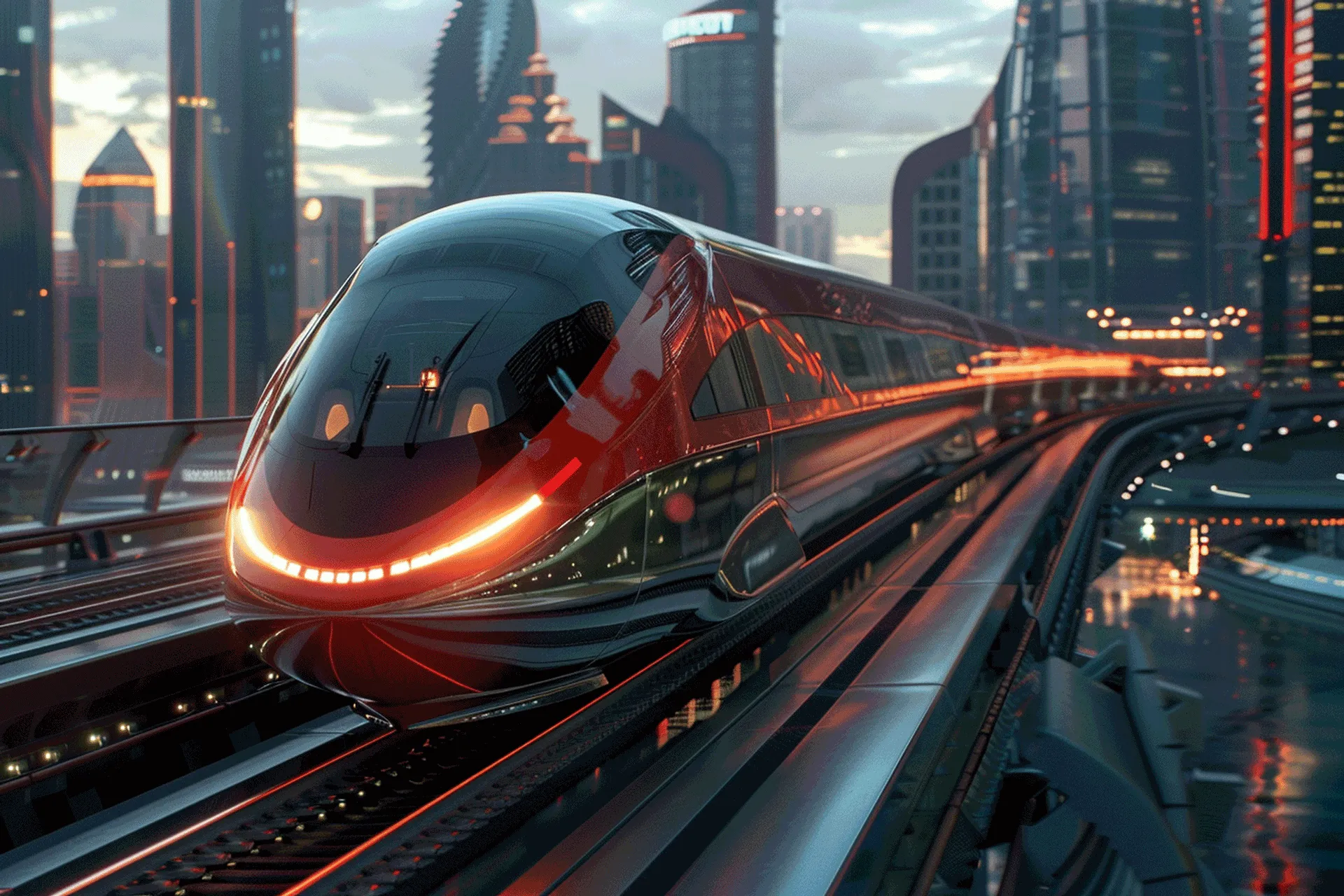
New generation of trains, Vande Bharat, Vande Metro, Vande Sleepers, Amrit Bharat, Namo Bharat are being developed and rolled out rapidly. 40000 coaches are expected to be upgraded within 2030 with the experience gained out of the Vande Bharat Project. Semi-Permanent Couplings are to be introduced in these coaches to avoid the jerks in the train movement. GPS, Safety CCTV Cameras and aesthetics are other enhancements proposed.
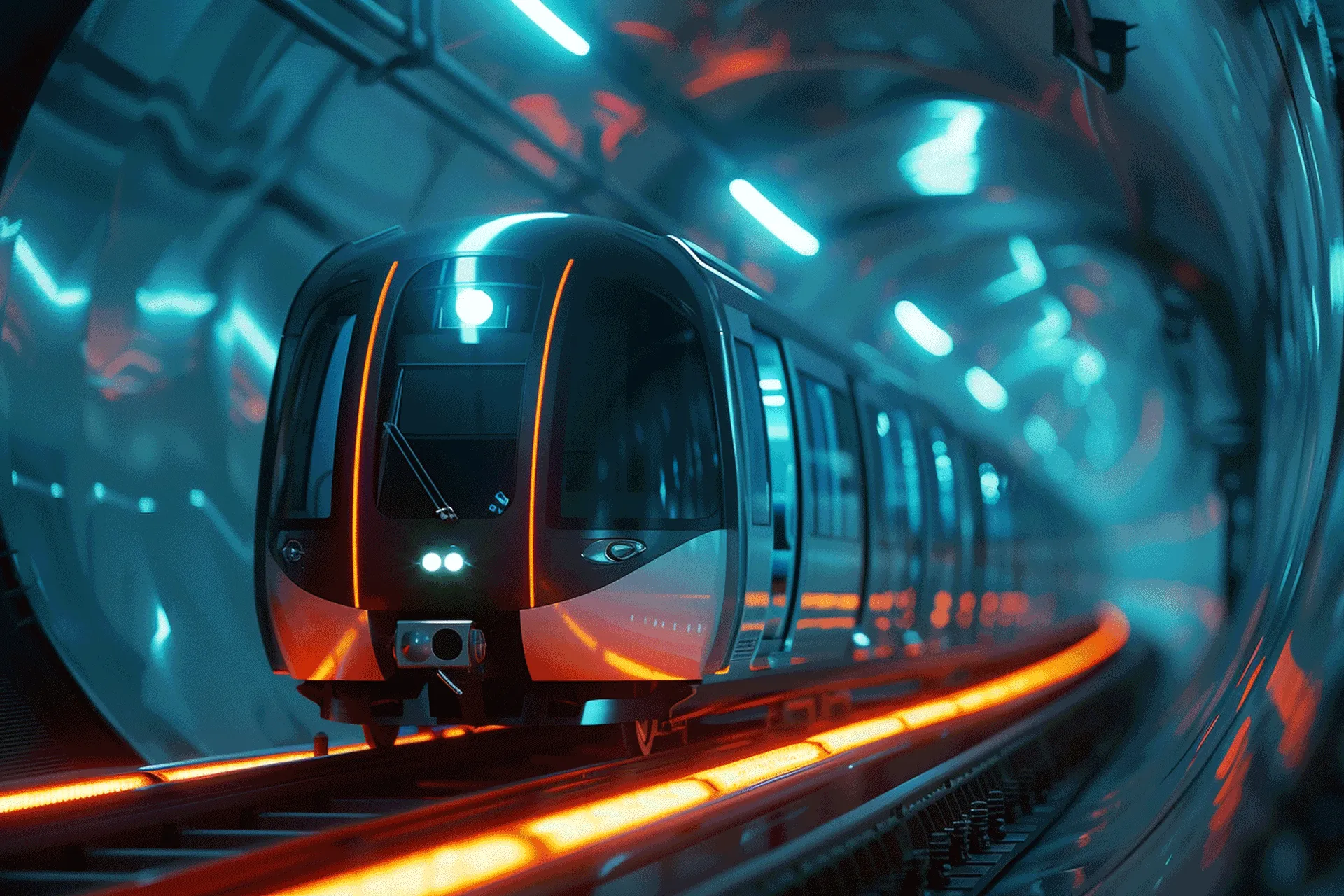
World's largest station re-development program has been taken up by Indian Railways. 1309 stations are being reconstructed across the country. In 2023, foundation stones for 508 stations were laid for the Amrit Bharat Station Scheme.
Railway has successfully built the Dedicated Freight Corridor line of 2513 KM. Eastern Corridor stretching from Ludhiana in Punjab to Dankuni in West Bengal, spans 1,377 km and is now fully operational. As for the Western Corridor, 1,176 km out of the total 1,506 km stretch from JL Nehru Port in Mumbai to Dadri in Uttar Pradesh has been completed.
Metro rail systems are rapidly transforming the urban landscape of over 20 cities across India. 850 + km of Metro route is already operational and as on date 2000 + km are under construction/approval/ proposal stage. Delhi Metro being the largest Metro Network in India with 347 km in operations.
India is setting new world standards in Railway. The World's highest pier bridge, with a height of 141 m, is under construction over the Ijai river valley near Noney. Upon completion, it will surpass the existing record of the Mala-Rijeka Viaduct in Montenegro, Europe, which stands at 139 m. The Chenab Bridge, the world’s highest railway bridge in J&K Reasi district, is a landmark already.
With all these initiatives and actions, opportunities for the railway industry are set to expand exponentially in the coming years to support the growing infrastructural needs of the Railways in India.